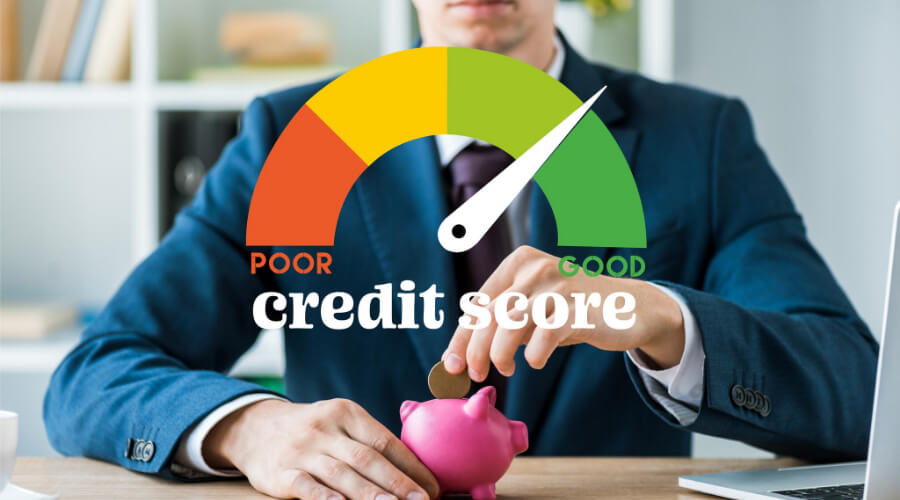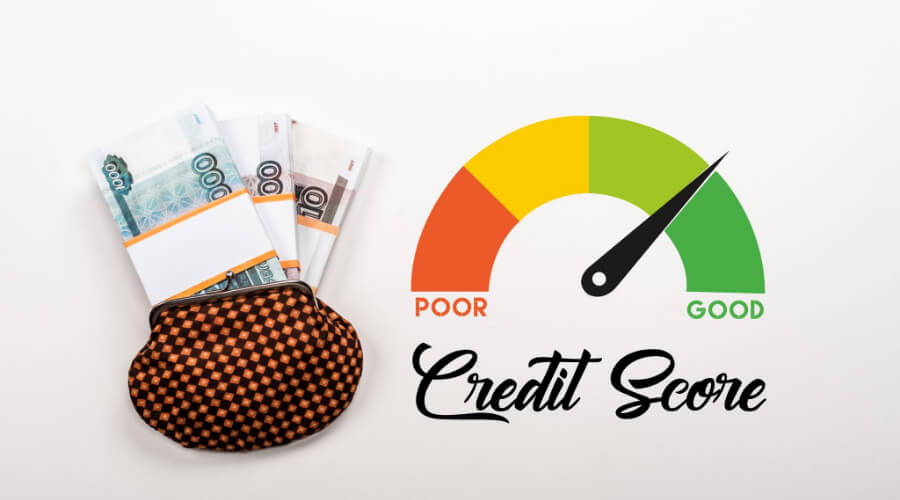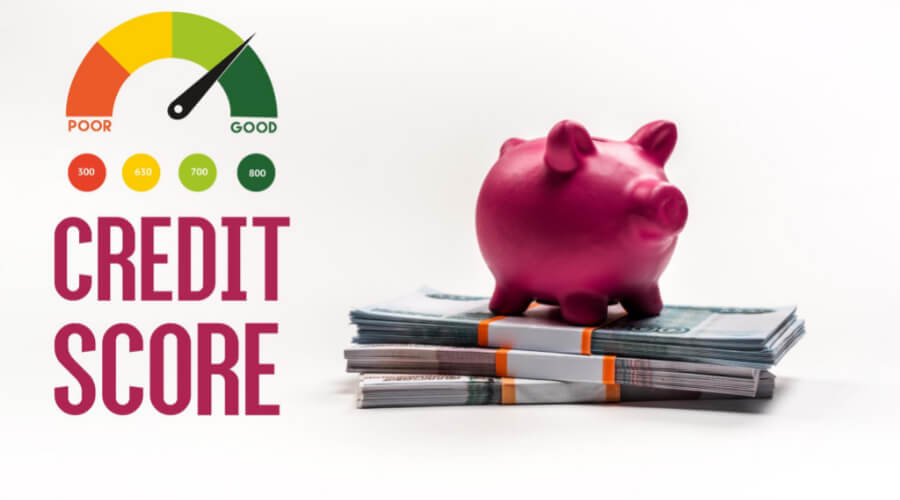A credit score is a number that represents the creditworthiness of a person. It’s a numerical expression based on a variety of personal financial data. Credit score level plays a very important role when you apply for a loan to buy a house, a car, or capital for your business. There are few credit score levels available and it will be immensely helpful for you if you have a clear idea about these credit score levels and how they work.
The credit score levels range between 300 and 850. The more the credit score is the better for your financial profile. According to the experts, a credit score of 700 or above is considered as good. Moreover, a credit score of 800 in the same range is considered excellent. The credit score levels range between 300 and 600 are considered poor.
Types Of Credit Scores

Every grownup person has a credit score but do you know many people have multiple credit scores? That’s right; there are many types of credit scores available and not everyone has the same number of scores. Three major types of credit scores are FICO, VantageScore, and other types of credit scores.
FICO Scores
FICO is also known as the Fair Isaac Corporation. This is a very popular and well-known credit scoring model. Fair Isaac Corporation was established in 1956 and it is an analytics company and it introduced the flagship credit scoring model in 1989. FICO score is not just a credit score because it is used in more than 90 percent of lending decisions. This credit score can be industry-specific as well as customizable for client-specific needs. Moreover, this credit score model is updated over the years so many lenders use different FICO score versions. The latest version “FICO Score 9” is launched in 2014 and it includes the rental payment history to reduce the negative impact of unpaid medical accounts. FICO has two main types of credit scores. They are –
Base FICO Consumer Scores: This type of credit score predicts whether a consumer would/wouldn’t make a payment as agreed on a deal like a mortgage, credit card, or student loan.
Industry-Specific FICO Scores: This type of credit card score is designed for particular types of lenders, such as auto lenders or credit card issuers.
FICO 8 And 9 Consumer Score Ranges
| Credit Score Ranges | Rating |
| 300–579 | Poor |
| 580–669 | Fair |
| 670–739 | Good |
| 740–799 | Very Good |
| 800–855 | Exceptional |
FICO Industry-Specific Score Ranges
| Credit Score Ranges | Rating |
| 250–579 | Poor |
| 580–669 | Fair |
| 670–739 | Good |
| 740–799 | Very Good |
| 800–855 | Exceptional |
VantageScore Scores
The VantageScore credit score is a competitor to the FICO credit score. It’s a consumer credit-scoring model and it is created by a joint venture of the three major credit bureaus. This scoring model is launched in 2006 through Equifax, Experian, and TransUnion. The score range of VantageScore might vary depending on the score version. For example, VantageScore 2.0 has a 501 to 990 credit score range while VantageScore 3.0 and 4.0 have a 300 to 850 credit score range.
VantageScore 3.0 Credit Score Ranges
| Credit Score Ranges | Rating |
| 300–600 | Poor |
| 601–660 | Fair |
| 661–780 | Good |
| 781–850 | Excellent |
VantageScore Factors
1. Total credit usage, balance, and available credit: Extremely influential
2. Credit mix and experience: Highly influential
3. Payment history: Moderately influential
4. Age of credit history: Less influential
5. New accounts opened: Less influential
Other Types Of Credit Scores

VantageScore and FICO are not only the types of credit scores. There are many lenders who use custom scoring models which are built by in-house statisticians or external third parties. Usually, these types of custom scoring models use credit bureau-based risk scores as input. These types of custom scoring models have ranged between 300 and 850. If you have a score above the 670 marks then it is considered good while a score over 800 is considered excellent. In custom credit score models, scores below 579 are considered poor.
FICO Score Factors
FICO uses a few factors and percentages to represent generally how important each factor is. These factors are used to determine the credit score and how your report will be. Let’s check them out.
Payment History (35%)
This is the first thing a lender wants to know. The lender wants to check whether you’ve paid past credit accounts on time. This information is very important as it helps a lender figure out the amount of risk it will take on when extending credit. In fact, it is the most important factor in a FICO Score. So make sure you keep your account balance in good standing to build a good payment history.
Amounts Owed (30%)
If you have both credit accounts and cash money that doesn’t mean you are a high-risk borrower with a low FICO Score. But, if you are using a lot of your available credit then it will indicate that you are overextended. So the banks would think that you are at a higher risk of default.
Length Of Credit History (15%)
Having a long credit history is good because it increases the FICO Scores. But that doesn’t mean; if you don’t have a long credit history then you won’t get a good credit score. The rest of the credit score also plays a very vital role. This is what the FICO scores take into account –
1. How long your credit accounts have been established
2. The age of your old account
3. The age of your new account
4. How long specific credit accounts have been established
5. How long it has been since you used certain accounts
Credit Mix (10%)
The FICO score also considered the mix of your credit cards, retail accounts, installment loans, finance company accounts, and mortgage loans. However, it’s not necessary for you to have all of these to get a high FICO credit score.
New Credit (10%)
If you open quite a few new credit accounts within a short period of time then it won’t help your FICO credit score. Moreover, if you don’t have a long credit history then it will create a negative impact on your FICO credit score.
What The Credit Score Range Means?

We already know that all the credit score models have a different range. But, do we know what the ranges can do for our financial cause. If you have a low score then it indicates you are riskier to the lender or you are less likely to repay the debt. Here’s how your credit score range could affect your financial options.
Poor: 300 To low-600
If you have a low credit score then you might not be able to get approved for a loan or a credit card at all. It is said that a credit score below 550 won’t get approval for a loan or credit card. If you against all odds get the approval then likely you won’t get the best terms or lowest possible interest rate. If you continue to make your payments on time then your score will improve.
Fair To Good: Low-600s To Mid-700s
In this credit score range, you are likely to get approved for financial products, loans, shop around and compare options among different lenders. But it’s not guaranteed that you will get the best terms for the deal.
Very Good/Excellent/Exceptional: Above Mid-700s
Having a top credit score means your application is guaranteed to approve with the best terms. People in this score range are most likely to get deals with a low-interest rate and they also get various offers from the lenders. So it means you will have the most options when it comes to choosing repayment periods or other terms.
How To Improve The Credit Score
Having a low credit score is not the end of the world. There are many ways you can easily improve your credit score. Some of the methods are –
1. Cleaning up your credit report
2. Paying down your balance
3. Paying twice a month
4. Increasing your credit limit
5. Opening a new account
6. Negotiating the outstanding balance
7. Making payments on time
Final Thought
Well, different lenders have different views and standards. So you might not get a loan with a high credit score while another person might get a loan with a low credit score from a different lender. However, maintaining a high credit score is good for your financial background and I hope the above information will help you so.
References:
1. https://www.experian.com/blogs/ask-experian/credit-education/score-basics/what-is-a-good-credit-score/
2. https://credit.org/blog/what-is-a-good-credit-score-infographic/
Last Updated on February 2, 2022 by

Magalie D. is a Diploma holder in Public Administration & Management from McGill University of Canada. She shares management tips here in MGTBlog when she has nothing to do and gets some free time after working in a multinational company at Toronto.





